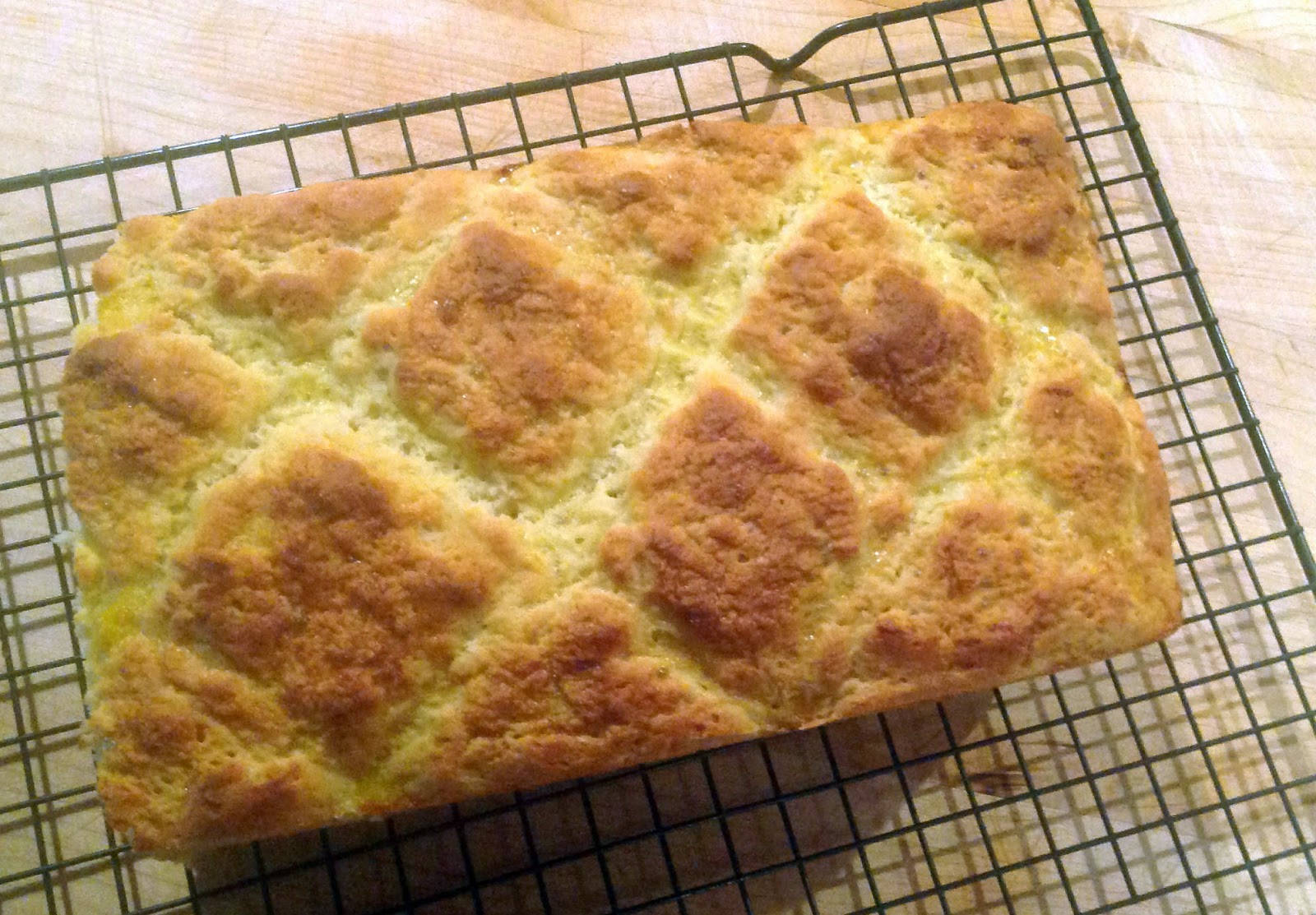In my house, a holiday like Thanksgiving will always be a celebration that gathers everyone around the table for a home-cooked meal. It can never be buffet style, it has to be a set table with real plates and your best silverware. It can never be prepared food from a deli, but food that was planned and labored over for days in advance, However "new age" my side dishes become... gluten-free, healthy veggies, and nontraditional ingredients.... it has to include the big turkey that you get up at the crack of dawn to roast. It is meant to be the star of the meal, simply because Norman Rockwell depicted it as so. I found over the years, though, that it does not have to be the best roasted bird ever (a little chicken broth will fix even the driest white meat!), but the mood, the company, the wine and the always amazing amount of dessert will make up for all that could go wrong. A holiday dinner is a work of art and a flavorful memory to treasure from year to year.
My latest feast was created for Rosh Hashanna. My scene did not look much like Norman Rockwell's scene except that I actually did have a Norman at the head of my table! Not everyone in the family was able to join us this year, but we reached out globally to more people than the seven of us could ever have imagined because photos of the meal were quickly uploaded to Instagram and Facebook... Is that our modern way to engage friends and family even if they can't be at the table with you? Would Norman Rockwell have added a cell phone if he painted the same scene today? I'm not sure I like that idea, but that is what art does best... it is ultimately a reflection of the times. In my reality, Norman Rockwell would not only have included a cell phone, but my gluten free challah bread too!
Gluten Free Challah Bread
Here is my recipe for a challah bread that even I could eat, and it is definitely a work of art! As Sam said at my dinner, "this cannot be gluten free!" Everyone preferred mine and not the round challah that we said the blessing over just for this occasion. With all the eggs and the honey, it is so moist and sweet. Delicious plain, even better as french toast!
1. In a large bowl that you first warm up by rinsing in hot tap water, combine:
1 cup of warm water
1 3/4 oz. packet of active dry yeast
1 Tablespoon of sugar
2. Let this sit for about 5 minutes to proof. If the yeast does not start to bubble or foam up, the yeast is not active and you should start over with fresh yeast.
3. Meanwhile, whisk together in a small bowl:
3 cups of gluten free flour (I like King Arthur brand)
2 tsp. Xantham gum
2 tsp. kosher salt
4. In microwave safe bowl melt:
4 Tablespoons of butter
5. To the butter, whisk in:
1/4 cup honey
4 beaten eggs
6. Add the egg mixture to the yeast and then add in the dry ingredients, blending well until it creates a smooth batter.
7. Grease a loaf pan with butter or non stick spray. Spoon batter into loaf pan. Cover pan with plastic wrap and a kitchen towel. Let batter rise in a warm place (inside an oven that was not turned on is a good place) until doubled in size. This will take about 1 hour. Mine rose to the height of the pan but deflated slightly after the next step.
8. Run the tip of a knife along the top creating a braid-like design and gently dab the top with egg wash using a soft brush. (1 beaten egg and a splash of water)
9. Bake in a preheated 375 degree oven until golden on top and toothpick inserted in center comes out clean. Let cool on a wire rack (if you can resist cutting into it immediately like I did!).








































